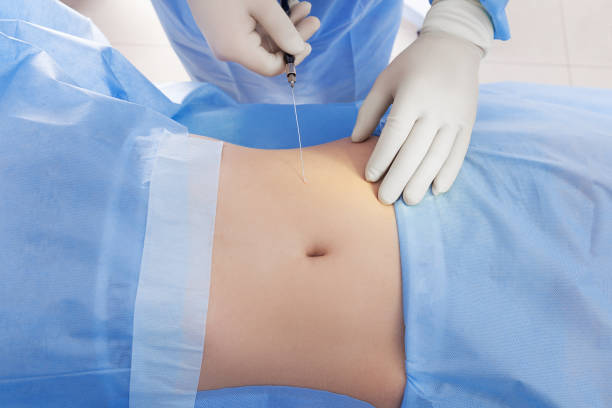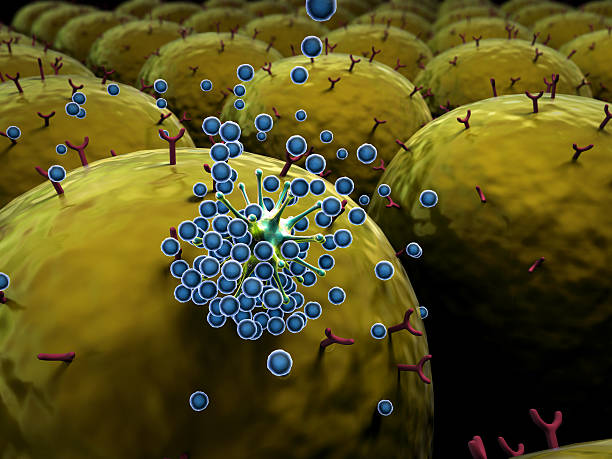The main purpose of lipolysis is to break down stored fat molecules (triglycerides) in adipose tissue into their component parts, which are fatty acids and glycerol. This process is a crucial part of the body’s energy regulation and metabolism. When the body needs energy, such as during periods of fasting or physical activity, it can […]
Category Archives: Lipolysis
Lipolysis is the process by which stored fat (triglycerides) is broken down into its constituent components, which are fatty acids and glycerol. Several factors can influence and regulate lipolysis: Hormones: Hormones play a significant role in regulating lipolysis. The primary hormone responsible for promoting lipolysis is epinephrine (adrenaline), which is released in response to stress […]
Vitamin B3, also known as niacin, has been shown to inhibit lipolysis to some extent. Lipolysis is the process by which the body breaks down stored fat into fatty acids and glycerol to be used for energy. Niacin has been found to reduce the release of free fatty acids from adipose tissue (body fat) into […]
Lipolysis is the process by which stored fat (triglycerides) in adipose tissue is broken down into fatty acids and glycerol to be used as a source of energy by the body. When lipolysis is inhibited, it means that the breakdown of these fat molecules is reduced or slowed down. Several factors and mechanisms can inhibit […]
The hormone that inhibits lipolysis (the breakdown of stored fat into fatty acids and glycerol) is insulin. Insulin is produced by the pancreas and plays a crucial role in regulating blood sugar levels. When insulin levels are elevated, such as after a meal, it promotes the uptake of glucose into cells for energy and storage […]
Lipolysis and ketogenesis are two processes that are closely related and often occur simultaneously in the body, particularly during periods of fasting or low carbohydrate intake. Here’s how lipolysis can lead to ketogenesis: Lipolysis: Lipolysis is the process of breaking down stored fat (triglycerides) into their constituent components, which are fatty acids and glycerol. This […]
Lipolysis is the process of breaking down triglycerides (fats) into their component molecules, which are glycerol and fatty acids. This process involves several steps, which can be summarized as follows: Hormonal Stimulation: Lipolysis is primarily regulated by hormones such as epinephrine (adrenaline), norepinephrine, and glucagon. These hormones activate lipolysis by binding to specific receptors on […]
Lipolysis is the biological process by which triglycerides (fat molecules) are broken down into their constituent components, namely glycerol and fatty acids. This process is a crucial part of the body’s energy metabolism and is especially important when the body needs to access stored fat for energy production. Lipolysis primarily takes place in adipose tissue, […]
Lipolysis is the process by which your body breaks down fat molecules stored in your fat cells to release energy. Think of it as your body’s way of using stored fat as fuel when you need energy, such as during periods of exercise or when you haven’t eaten for a while. Essentially, lipolysis helps you […]
Maintaining your shape after liposuction involves adopting a healthy lifestyle and adhering to a post-surgery plan recommended by your surgeon. Liposuction is not a substitute for weight loss or a healthy lifestyle; it’s a body contouring procedure that removes localized fat deposits. Here are some steps to help you keep your shape after liposuction: Follow […]









